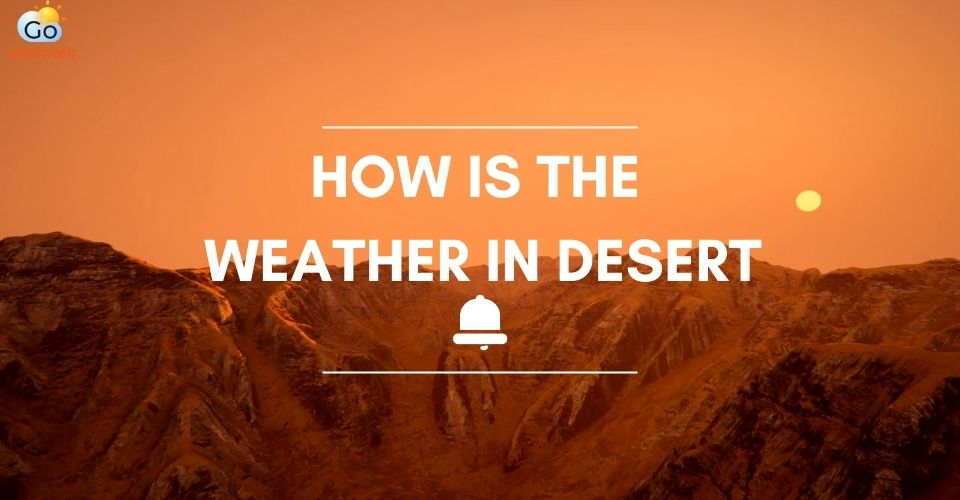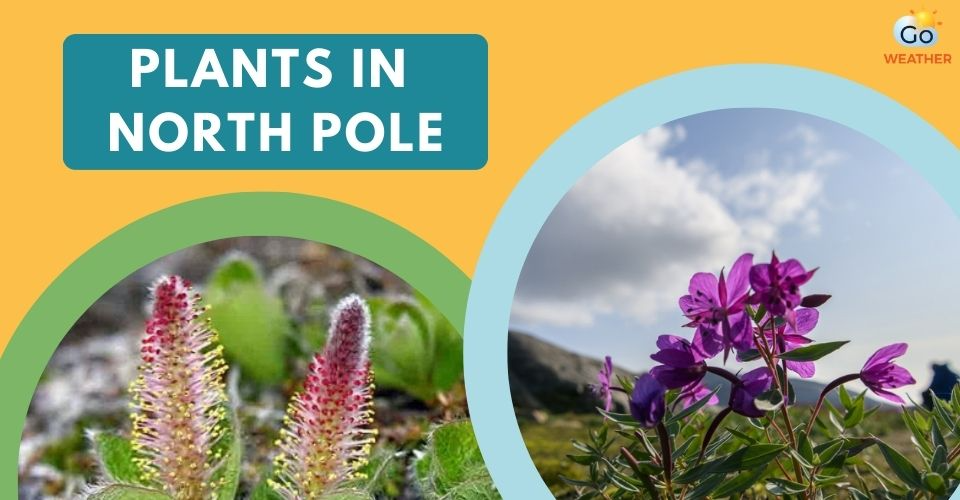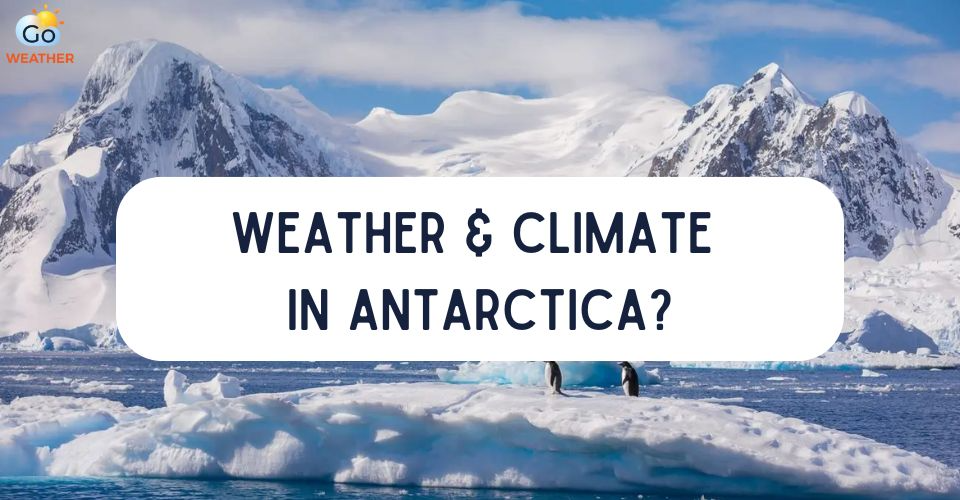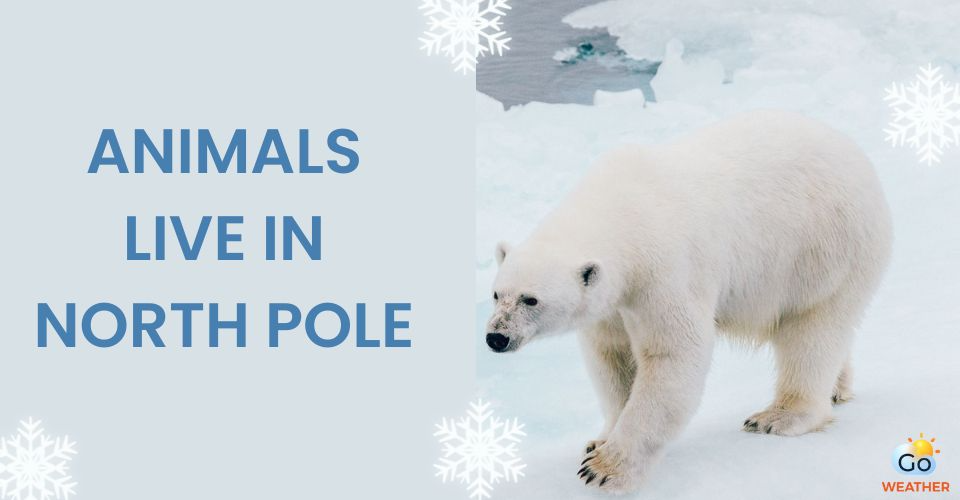10 Driest Place in the World: The Top List Isn't What You Expect
What’s on your mind first regarding the driest place in the world? It must be somewhere so hot all year round with boiling weather, like the Sahara Desert, right? This article lists the 10 driest places in the world, starting with no.10 and ending with no.1. Keep scrolling and read until the end; there will be a little surprise for you!
.jpg)
Top 10 driest place in the world
Aoulef, Algeria
Algeria is already known as a hot, dry country located north Africa. So, it’s no surprise that one place in this country is included in this list. This is a little town in south-central Algeria named Aoulef.
It’s blazing hot in Aoutlef, which has a hot desert climate. The summers are long and super hot, and the winters are short and very warm.
Daytime temperatures can approach 122°F (50°C). The average annual rainfall in Aoulef is deficient, at just 0.48 inches (12.19 millimeters). The sky is almost always apparent throughout the year, while cloudy days are really rare.
.jpg)
Aoulef, Algeria
Pelican Point, Namibia
The next spot, also known as one of the driest places in the world, is Pelican Point in Namibia, a sand-dune-filled African country.
Though Pelican Point is a well-known surfing destination, it receives very little rainfall annually.
On average, Pelican Point receives 0.32 inches (8.13 mm) of yearly rainfall.
However, its dry nature is never a reason for tourists, especially wave surfers, not to come and enjoy surfing. That’s why tourism is always on the rise in Pelican Point despite its dryness.
.jpg)
Pelican Point, Namibia
Iquique, Chile
What's the driest place in the world? Having an average rainfall of just 0.2 inches (5.08 millimeters) per year, the Iquique of Chile is also very well-known for its dryness. It’s No. 8 driest place on Earth.
Iquique is a port city situated near the legendary Atacama Desert in Chile. It has a rare mild desert climate with low temperatures throughout the year and almost no rainfall.
If they do fall, the short rains in Iquique happen only between January and February. Despite that, this place doesn’t look dry at all, thanks to the presence of many beaches.
Iquique boasts numerous beaches for escaping the dry air. It also has a wide variety of excellent beach resorts, some of which are considered among the premier beach resorts in Chile.
.jpg)
Iquique, Chile
Wadi Halfa, Sudan
This list does not include the Sahara Desert. Instead, it consists of the city of Wadi Halfa, situated near the Nubian Desert, the Sahara Desert’s eastern region.
Though it’s not the driest place in earth, Wadi Halfa is famous for its parched weather.
With an annual rainfall of just 0.096 inches (2.45 millimeters), this is absolutely one of the world’s driest parts, and of course, not many people like its climatic conditions.
But, Wadi Halfa still boasts a population of approximately 15,000 people. What a surprise!
This city has a hot desert climate typical of the Nubian Desert. It’s also the sunniest place in the world, with 4,300 hours of sunlight each year, or about 98% of sunlight beaming down on land annually.
.jpg)
Wadi Halfa, Sudan
Ica, Peru
Located just on the border of the Atacama Desert, Ica receives only 0.09 inches (2.29 millimeters) of rainfall each year, on average. This southern city of Peru never experiences cold weather throughout the year.
Temperatures are hot through the summer months (from December to March) and warm during the winter months (from June to September).
Surprisingly, this place used to be the habitat of ancient penguins 30 million years ago. In 2007, fossil evidence of a 4.5-foot-tall ancient penguin was found in this area. That means this place was not as dry and hot as it is today.
► Read next: Best time to visit Europe
.jpg)
Ica, Peru
Luxor, Egypt
Luxor is a city in southern Egypt, located on the Nile River’s east bank. It is one of the driest cities in the world, with an average annual rainfall of just 0.034 inches (0.862 millimeters).
Summers are always long, prolonged, and extremely hot, with the average high temperature reaching above 104 degrees Fahrenheit (40 degrees Celsius). And winters here are short and extremely warm.
On average, this city's sun shines about 4,000 hours each year. The combination of deficient rainfall and very long sunshine duration makes Luxor one of the driest parts on Earth.
However, the air in Luxor is mostly dry but more humid than in Aswan, another Egyptian city mentioned below.
.jpg)
Luxor, Egypt
Aswan, Egypt
Another world's driest place in Egypt, with extremely low rainfall all year round, is Aswan. This city is located in the south, and it has a hot desert climate with blazingly hot summer days.
Similar to Luxor, Aswan is also one of the hottest, sunniest, and, of course, driest places in Egypt and the world. While summers are long and hot, winters are short and extremely warm.
Aswan receives an average of 0.0388 inches (0.861 millimeters) of annual precipitation. As mentioned above, it is even drier and less humid than Luxor.
During summer, Aswan's average relative humidity is just 26%, and the minimum mean is only 16%, while these numbers in Luxor are 39.9% and 27%, respectively.
.jpg)
Aswan, Egypt
Al-Kufrah, Libya
Located in the southeastern part of Libya, right in the middle of the Sahara Desert, Al-Kufrah is known as Africa’s driest spot.
With an average annual rainfall of just 0.0338 inches (0.860 millimeters), Al-Kufrah is one of the driest places on earth.
Al-Kufrah has a minimal number of oases nearby where underground springs feed people and animals. The main crops grown in this area are peaches, dates, fruit, and apricots.
Nearby, the desert is covered by sand dunes up to 980 feet (or 300 meters) in height.
.jpg)
Al-Kufrah, Libya
Atacama Desert, Chile
The Atacama Desert is one of the driest part of the world, receiving just 4 inches of rainfall every thousand years.
Located in South America, this is a highland with incomparable dryness to most places on the planet.
Records show that this area has not received substantial precipitation since the 16th century, and some spots have yet to experience rainfall at all.
The area is so parched that the hills and mountains are entirely glacier-free. But what makes this area so dry? This is because the cold water hauled from Antarctica from Humboldt currents prevents the formation of rainfall-carrying clouds.
An interesting fact about this desert is that every 5 to 10 years, a historic rainfall gives rise to brightly colored flowers and vegetation sprawling across the desert.
.jpg)
Atacama Desert, Chile
Dry Valleys, Antarctica - The Driest Place in the World
It’s hard to believe there is a drier place than the Atacama Desert, which receives just 4 inches of rainfall every thousand years. But this is the truth.
Dry Valleys in Antarctica are believed to have been without water and rainfall for millions of years. Notably, the Friis Hills in Taylor Valley, a part of McMurdo Dry Valleys, have received little to no rain in over 10 years.
Dry Valleys, or the McMurdo Dry Valleys, are widely snow-free valleys within Victoria Land west of McMurdo Sound. No rainfall is ever seen at this place. In other words, the annual rainfall here is 0 inches.
Dry Valleys have almost no humidity and totally lack ice or snow cover. In this area, the presence of high mountains blocks seaward-flowing ice deriving from the East Antarctic ice sheet from reaching the valleys.
.jpg)
Dry Valleys, Antarctica
One of the leading causes of unique weather conditions in the Dry Valleys is katabatic winds. The winds can reach speeds of 200 miles per hour (320 kph), heating as they descend and then evaporating all the water, ice, and snow as well.
You can learn more about Antarctica's weather in our guide, “What is the weather and climate in Antarctica?”
Final Words
Now, we all know that McMurdo Dry Valleys in Antarctica is the driest spot on the planet. Together with McMurdo Dry Valleys, we also explored the other 9 driest place in the world that receive very little rainfall throughout the year. We hope that this post did provide you with interesting information and facts.











0 Comments
Leave a Comment
Your email address will not be published. Required fields are marked *